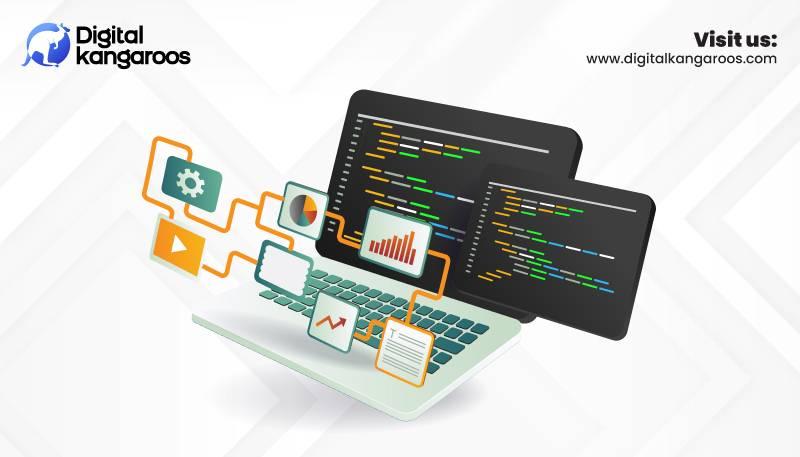unlock Success: Tips for Designing Effective Game-Based Learning modules
In today’s fast-paced digital world, traditional learning methods are evolving. Game-based learning modules have emerged as a transformative approach to education and training, making lessons not only more engaging but also more effective. Whether you’re an educator, instructional designer, or corporate trainer, embracing game-based learning design can unlock unprecedented levels of success for your learners. In this comprehensive guide, we’ll explore essential tips to design compelling, impactful game-based learning modules that deliver real results.
What is Game-Based Learning?
Game-based learning (GBL) involves the integration of gaming principles, mechanics, and technology into educational content to boost engagement, motivation, and retention. Unlike traditional instruction, game-based learning modules provide interactive experiences where learners actively participate, solve challenges, and receive instant feedback—making learning dynamic and enjoyable.
Key Benefits of Game-Based Learning Modules
Implementing game-based learning strategies in your modules brings a multitude of advantages:
- Increased Engagement: Games capture attention and foster deeper involvement with content.
- Immediate Feedback: Learners quickly see the impact of their decisions, supporting continuous betterment.
- Safe Failure & Experimentation: Learners can explore and try different approaches in a risk-free habitat.
- Motivation & Competition: Gamification elements like points, badges, and leaderboards boost motivation.
- Real-Life Application: Simulated scenarios enable learners to apply knowledge in practical contexts.
- Improved Retention: Interactive, hands-on experiences are proven to enhance memory and understanding.
Top Tips for Designing Effective Game-Based Learning Modules
Ready to take your digital learning experiences to the next level? Here are proven strategies and actionable tips for crafting highly effective game-based learning modules:
1. Define Clear Learning Objectives
Start with the end in mind. Identify the specific knowledge, skills, or behaviors the game-based module should enhance. These objectives guide every design decision and ensure the gameplay aligns with desired educational outcomes.
- Collaborate with subject matter experts to validate objectives.
- Break complex concepts into measurable outcomes.
- Ensure objectives are SMART: Specific, Measurable, Achievable, relevant, and Time-bound.
2. Know your Audience
Understanding your learners’ preferences, prior knowledge, and motivation is vital for game-based learning design. Tailor difficulty, narrative, and mechanics to suit their needs.
- Conduct surveys or interviews to gather learner insights.
- Consider age, tech familiarity, and cultural background.
- Provide accessibility options for all users.
3. Blend Game Mechanics with Learning Content
Effective game-based learning modules integrate game rules, challenges, and storytelling that reinforce core concepts.Don’t add gamification just for fun—ensure every element serves a learning purpose.
- Use levels, points, and badges to mark progress.
- Add decision points and branching scenarios for critical thinking.
- Incorporate quizzes and puzzles tied to lesson content.
4. Create Compelling Narratives & Contexts
People learn best when thay’re emotionally invested.Use stories, missions, or scenarios that mirror real-world challenges to make learning meaningful and memorable.
- Build relatable characters and immersive environments.
- Weave content objectives into the game storyline.
- Reveal narrative elements as learners progress.
5.Design for Iteration and Feedback
Immediate, informative feedback keeps learners on the right path. Let them try, fail, and succeed in cycles—just like in real games.
- Provide instant feedback on decisions and answers.
- Enable learners to replay or revisit key sections.
- Allow multiple solution paths to encourage exploration.
6. Keep Usability and User Experience Front and Center
A smooth, intuitive interface is crucial. Elaborate controls or unclear goals can frustrate learners and detract from the game-based learning module’s effectiveness.
- Use clear instructions and onboarding tutorials.
- Test navigation and gameplay flow extensively.
- Incorporate visual and auditory cues to guide progress.
How to Evaluate and Assess Game-Based Learning Modules
Measuring the effectiveness of your game-based learning module is essential for improvement. Consider multiple assessment strategies:
- In-Game Analytics: Track completion rates, scores, and time-on-task.
- Pre- and Post-Testing: Assess knowledge gains before and after the module.
- Reflective Feedback: Use surveys and focus groups to gather learner perceptions.
- Performance Tasks: Assign real-world tasks or projects related to the game content.
Case Studies: Game-Based Learning in action
To see these principles in practice, let’s examine two organizations that achieved notable results by implementing effective game-based learning modules:
Corporate Training: IBM’s Cybersecurity Game
IBM created a cybersecurity simulation game to train employees in threat identification and response strategies. Gamification features like leaderboards, scenario branching, and direct feedback improved engagement and quantifiable skill acquisition. Post-launch assessments showed a 35% increase in correct incident handling procedures among participants.
K-12 Education: Math Blaster
The classic Math Blaster series helped millions of students master arithmetic through space-themed mini-games and narrative missions. Studies revealed that students using Math Blaster scored substantially higher on standardized math assessments compared to peers using traditional practice drills alone.
First-Hand Experience: Lessons Learned
As instructional designers, the journey to building effective game-based learning modules often includes trial and error. Here are some lessons gleaned from hands-on development:
- Pilot Test Early: Playtest with a small user group to uncover friction points and confusing elements.
- Iterate Based on Feedback: Be open to making major revisions based on learner data and reactions.
- Balance Fun and Function: Never lose sight of learning goals, even when making the experience entertaining.
Best Practices Checklist
- Start with well-defined learning outcomes
- Integrate game mechanics purposefully
- Focus on learner engagement and intrinsic motivation
- Incorporate assessment and feedback loops
- Test and iterate with real users
- Keep accessibility and inclusivity at the forefront
Conclusion: Start designing Game-Based Learning for Success
Embracing game-based learning isn’t just about making lessons fun—it’s about creating richer, more effective educational experiences that unlock learners’ full potential. With thoughtful design, clear objectives, and a learner-centric approach, you can craft game-based learning modules that drive engagement, improve performance, and deliver measurable results.
Start experimenting with these proven strategies in your next instructional module and watch as your learners become more motivated, confident, and accomplished. Remember, the future of education is interactive—and your journey to designing effective game-based learning modules starts now!

